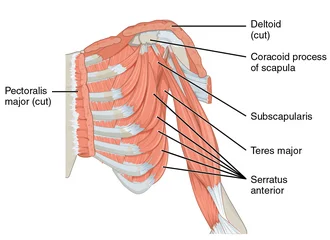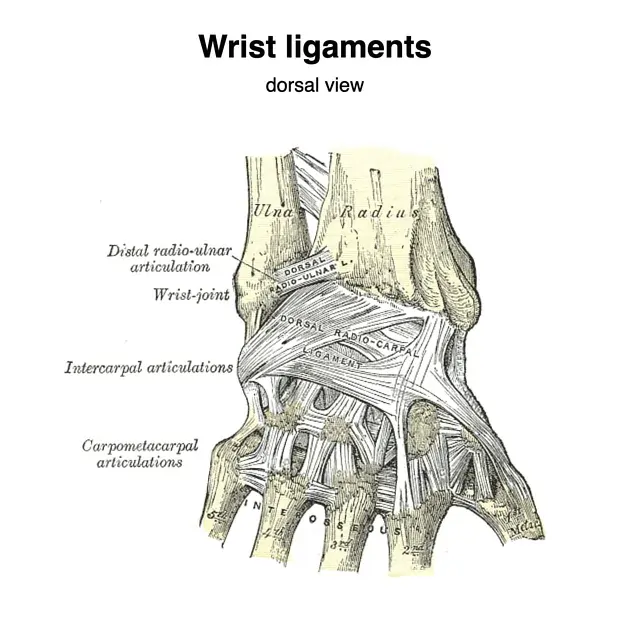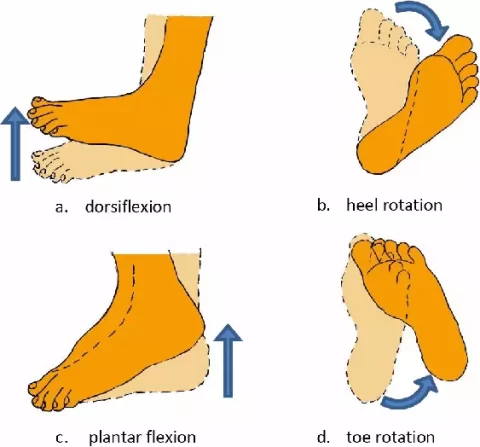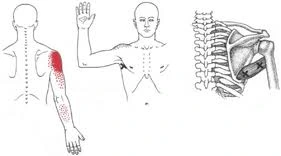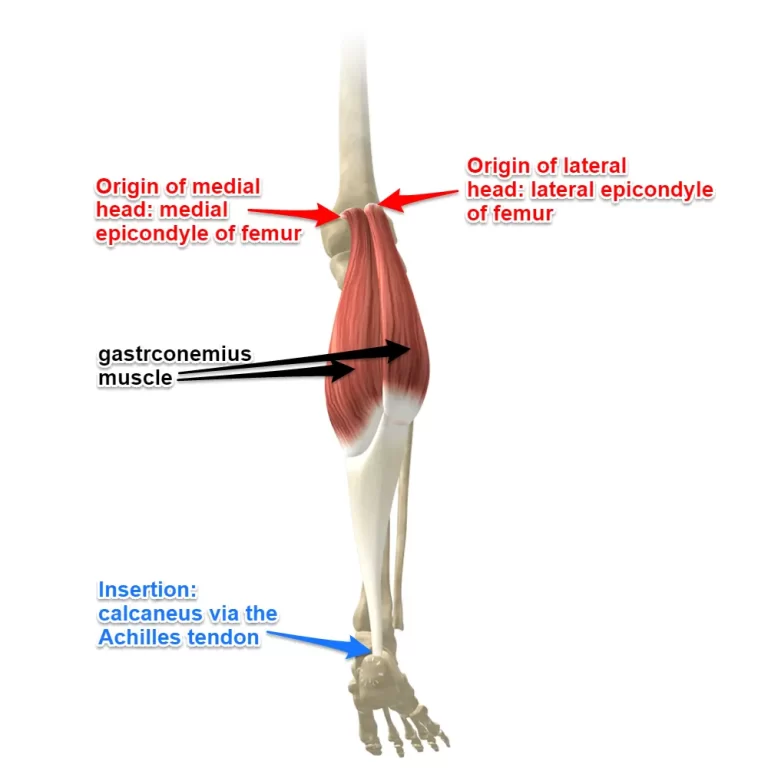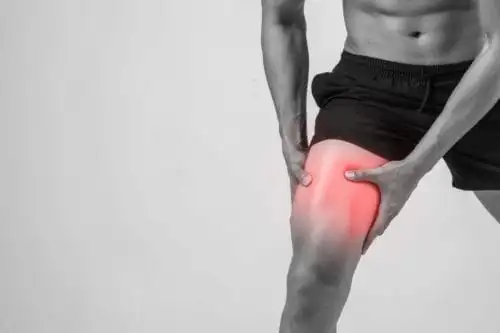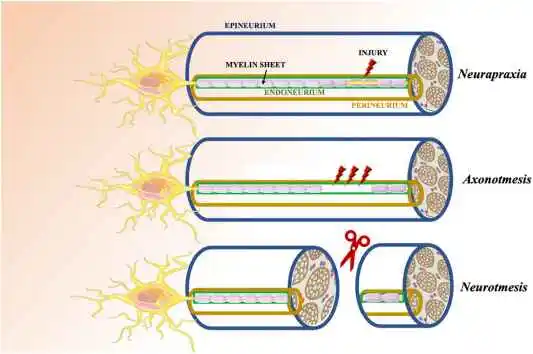Subscapularis Muscle
Introduction
The subscapularis muscle is a large, triangular muscle located on the anterior (front) side of the scapula (shoulder blade). It is one of the four muscles in the rotator cuff that control medial rotation and shoulder joint stability.
During diverse upper-limb motions, rotator cuff muscles collectively stabilize and direct the humeral head inside the glenoid cavity.
Each rotator cuff muscle has a specific role, and the subscapularis’ particular activity is to internally rotate the arm at the shoulder joint.
Structure
Origin
It originated from the subscapular fossa.
Insertion
The Subscapularis Muscle is inserted into the:
- The anterior portion of the shoulder-joint capsule
- Smaller tubercles of the humerus.
- Into the bicipital groove.
Blood Supply
Subscapular artery.
Nerve Supply
Upper and lower subscapular nerves.
Relation
The subscapularis muscle comprises the bulk of the axilla’s posterior wall, which confronts the axilla’s contents on the anterior side. The brachial plexus cords and their branches, as well as the axillary nerve, artery, and vein, traverse the muscle’s middle region.
The muscle’s posterior side is linked to the supraspinatus, infraspinatus, teres minor, and long head triceps brachii tendons, as well as the glenohumeral joint’s fibrous capsule.
The subscapularis forms the front boundary of the quadrangular space, with the superior and inferior sides containing the shoulder joint capsule and teres minor, respectively.
The subscapularis is the front margin of the upper triangular portion. Teres major is inferior, teres minor is posterior, and triceps brachii has a long, laterally orientated head.
Function
The principal function is the humerus’s internal rotation. Because of its unique pull axis from the proximal humerus to the costal scapular surface, the subscapularis rotates the humeral head medially inside the glenoid fossa. The subscapularis muscle slightly adducts the arm. When you walk, your arms swing in a pattern similar to these two movements.
Subscapularis, like the other rotator cuff muscles, contributes to concavity compression, a stabilising process in which the humerus is pushed into the concavity of the glenoid fossa, preventing it from dislocating by translating forces. When the deltoid, pectoralis major, biceps, and triceps brachii muscles are engaged, the subscapularis muscle plays a significant role in shoulder stabilisation. These muscles govern a variety of overhand arm activities (such as throwing and tugging downwards), with the subscapularis muscle preventing upward shoulder dislocation.
Although the back muscles primarily work on the scapulothoracic joint, the subscapularis muscle helps ensure that scapula motions follow the shoulder in acts like reaching for a high item.
Examination
Lift-Off Test
Instruct the patient to lie their hand beneath their back, dorsum resting on the mid-lumbar area. The hand’s dorsum is elevated from the rear, but shoulder extension and humeral internal rotation remain unaltered or increase.
A basic lift-off test involves forcibly raising the dorsum of the backhand.
Belly Press Test
The patient is encouraged to rotate his stomach internally by placing his hand there. If the patient puts pressure on his abdomen by bending his elbow or shoulder versus using internal rotation, or if he indicates stiffness in internal rotation when compared with the other side, the test may be successful.
Clinical Importance
Tendonitis, tendinopathy, and tears are all potential sources of subscapularis-related shoulder pain. When the subscapularis comes into contact with the coracoid process during extended exercise, such as in throwing or overhead sports, tendinitis of the subscapularis develops.
Tendinopathy occurs when symptoms continue and the tendon starts to reorganise. Rotator cuff tears are commonly associated with chronic degenerative tears induced by overhead activity or acutely in athletes who execute overhead motions. Tears can occur after an anterior shoulder dislocation, iatrogenic surgery, lesser tubercle avulsion, rotator cuff rupture, or a fall on the extended arm during shoulder abduction.
History and Physical
Although any patient can get a subscapularis tendon injury, young guys are more likely to suffer one. Patients who have sustained acute injuries are more likely to have experienced strong external rotation. The patient will mostly report discomfort in the front of the shoulder. Physical examination may reveal weakness or discomfort, such as reduced internal rotation at zero degrees and increased passive outward rotation. The clinician should conduct a thorough evaluation of the shoulder since the patient may have injuries to additional rotator cuff muscles or the biceps.
The “Gerber” or lift-off test involves bending the patient’s shoulder forward and pushing the palm of their hand on their lower back. A positive test occurs when the patient is unable to take their hand away from their lower back, with or without resistance, or when they feel discomfort.
The patient might undergo a belly press or abdominal compression test if they are unable to put one hand behind their back. With the elbow 90 degrees bent and the hand, wrist, and elbow in a straight line, the patient should rotate their arm inward before applying pressure to the abdomen. A positive test occurs when the elbow falls posteriorly, the motion causes discomfort or weakness, or the wrist cannot be squeezed without flexing.
Imaging
Shoulder radiographs are frequently the initial imaging modality utilised for nonspecific shoulder pain. A subscapularis injury is likely to be mild, but an avulsion injury can result in a bone deformity. In general, MRI is thought to be the best imaging modality for evaluating rotator cuff injuries, especially those affecting the subscapularis muscle.
A subscapularis tendon tear can range in severity from moderate degenerative alterations to a full-thickness tear. The muscular belly can also be evaluated using an MRI. Diagnostic ultrasonography is a low-cost and simple method for evaluating the subscapularis tendon in the hands of a qualified sonographer.
Surgical Importance
Partial rips can be treated without surgery. Surgical examination is indicated when a full-thickness tear occurs, depending on the individual’s activity level or occupation, and conservative therapy fails. Surgery is done either by arthroscopy or the open method.
FAQs
What causes subscapularis pain?
Overuse: Throwing, lifting, and reaching with the arms overhead can strain the subscapularis tendons. Tendons lose flexibility and strength with age, leaving them more vulnerable to damage and tendinopathy.
What nerve is the subscapularis?
The brachial plexus has two nerves that supply the subscapularis muscle: one upper and one lower. These two nerve branches travel dorsally through the axillary vein before joining the subscapularis muscle.
What is the most sensitive test for the subscapularis muscles?
In determining the subscapularis muscle, Barth JR et al. (2006) discovered that the bear hug test had higher sensitivity than the lift-off, belly-press, and Napoleon tests.
How do you fix the subscapularis?
Both anterior and auxiliary superolateral portals are often needed for arthroscopic subscapularis surgery with knotted suture fixation, as the suture crosses numerous anatomical locations. It is now easier to repair the subscapularis because knotless anchors have been developed.
What is the primary mover of the subscapularis?
Actions/movements
The subscapularis medially rotates and adducts the humerus, acting as the primary mover. When the arm is elevated, the humerus is pulled forward and lower.
References
Subscapularis muscle – 2025 https://en.wikipedia.org/wiki/Subscapularis_muscle
Subscapularis muscle – 2023 https://www.kenhub.com/en/library/anatomy/subscapularis-muscle
Anatomy, shoulder and upper limb, subscapularis muscle – 2023 https://www.ncbi.nlm.nih.gov/books/NBK513344/

